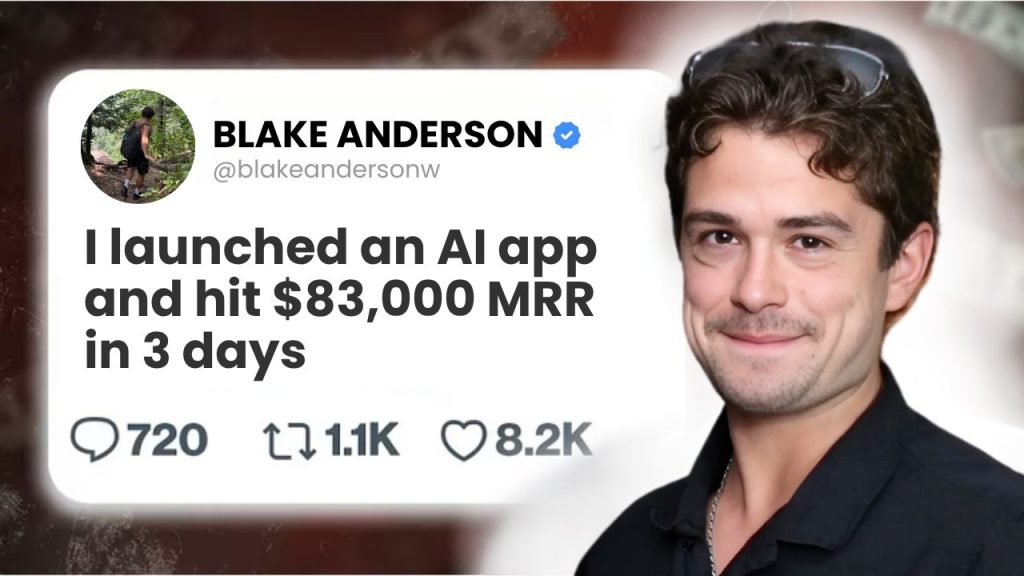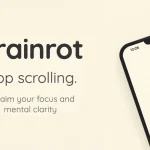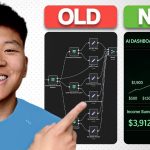When Blake Anderson first opened ChatGPT, he just wanted to build an app. He typed one line into the chat box: “How do I build a mobile app?” and that question turned into a series of increasingly chaotic late nights, a $5 million app business, and a story that makes every computer science degree look slightly overpriced.
Building His First App With ChatGPT
Blake wasn’t a developer, he could write a few Python loops, but his experience ended somewhere around “Hello World.” So he let ChatGPT do the work. It told him to use Swift UI, so he downloaded Xcode and started copying code like a man defusing a bomb.
He asked things like, “I need a blue gradient background,” then “I need a button,” and finally, “Why does my button explode when I click it?” One prompt at a time, ChatGPT taught him to code, debug, and survive Apple’s error messages.
After a month of duct-taped programming, he had a working app. It was called Rizz GPT, later renamed FlowGPT, and it did one thing very well, it told people what to say on dating apps. You’d upload a screenshot of your Tinder chat and it would generate flirty replies using GPT prompts. There was even a spice meter, in case you wanted to sound like either a gentleman or a walking HR complaint.
He spent $100 building it and another $100 paying two TikTok creators to promote it. both clips went viral, the app hit 200,000 downloads, and it started pulling in $80,000 a month. Within months, it hit $200,000 MRR, all from an idea, a few prompts, and two influencers.

The Formula: Build Fast, Go Viral
Rizz GPT worked because it was fast, simple, and unreasonably specific. Blake learned that consumer apps don’t need perfect code or a Silicon Valley address. They need speed, distribution, and a problem that normal people actually care about. Influencer marketing beat ads, and “done” was better than “perfect.”
Turning Looks Maxing Into a Business
Next came UMAX, an app built around the internet’s strangest self-improvement trend: looks maxing. It used the GPT-Vision API to analyze your face, score your features, and give personalized advice. It was basically an AI mirror that told you what your genetics were doing wrong.
He partnered with looks-maxing influencer Sam Zia, whose viral videos brought instant traction. UMAX made $100,000 in its first month, $200,000 in the second, and eventually over $3 million in total revenue.
Blake called it a “launchpad business.” It was profitable, loud, and slightly unhinged, but it proved the model worked.
Building a Studio and a Team
With money coming in, Blake built a small studio with two teenage developers. Their first app, Cali, a calorie tracker, made $300,000 in its first month. Each person had one job, one coded, one designed, one made it go viral.
The studio became a machine for quick launches. The process was the same every time: find a trend, build fast, post content, repeat. It was a tech version of a band that keeps releasing hit singles before anyone figures out they can’t actually play live.

The Next Chapter: Apex
Blake could have coasted on a few million in app revenue, but he didn’t want to. “If you keep optimizing for money, you end up empty,” he said. “It becomes a treadmill that just moves faster.”
So he started Apex, a brand focused on self-improvement without the cult vibes. Think FaZe Clan meets stoic philosophy. It’s part media company, part self-development platform, and part social experiment on how not to go insane while building startups.
Apex will launch free apps around fitness, nutrition, and focus, combined with a content house near San Diego where creators live, train, and make videos that don’t involve someone selling crypto. The mission is simple: help people actually get better, not just richer.
“If we change a million lives and make zero dollars,” Blake said, “that’s still a better outcome than making millions and changing none.”
From Seven-Year-Old Investor to Founder
Blake’s obsession with improvement didn’t come from nowhere. When he was seven, he used to read The Wall Street Journal on the school bus, tracking Microsoft’s stock price with a pencil. He even wrote a book called How to Make Money as a Seven-Year-Old, which probably confused his teachers.
His father, a Princeton and Harvard grad who later developed a neurodegenerative illness, stayed dedicated to self-discipline even when life became harder. Watching that shaped how Blake thinks about ambition and purpose.
Full Circle
What started with a single ChatGPT prompt became a $5 million business and a mission to make tech less shallow. Blake sums it up simply: “People spend their lives chasing numbers. The real win is figuring out what actually matters and building around that.”






